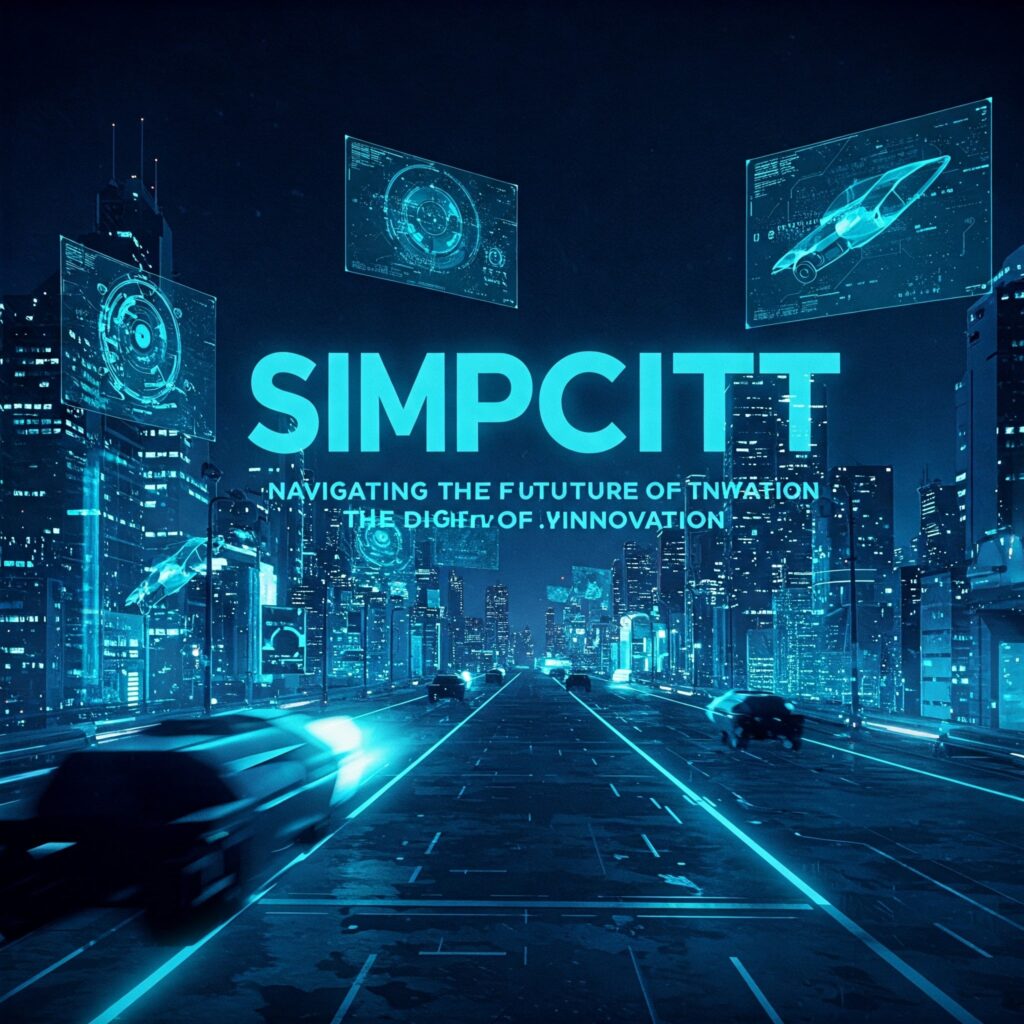In 2025, the term “Simpcitt” has emerged as a multifaceted concept, intertwining technological innovation, urban development, and cultural evolution. As digital transformation accelerates, understanding Simpcitt becomes crucial for individuals and organizations aiming to thrive in this dynamic environment.
What is Simpcitt?
Simpcitt represents a convergence of “simplicity” and “city,” symbolizing the integration of streamlined digital solutions within urban settings. It encompasses smart city initiatives, user-centric digital platforms, and cultural shifts towards more efficient and connected lifestyles.
Current Trends and Developments in 2025
1. Smart City Innovations
Cities worldwide are adopting smart technologies to enhance urban living. From IoT-enabled infrastructure to AI-driven public services, these advancements aim to improve efficiency and sustainability.
2. Digital Lifestyle Platforms
Platforms like Simpcitt are simplifying daily tasks by offering integrated solutions for communication, task management, and resource planning. These tools are becoming essential in both personal and professional contexts.
3. Cultural Integration
The fusion of technology and culture is evident in the rise of digital art, virtual events, and online communities. Simpcitt embodies this blend, fostering a culture that values innovation and connectivity.
Expert Insights and Practical Applications
Case Study: Urban Efficiency in Action
A mid-sized city implemented Simpcitt’s platform to coordinate municipal services. The result was a 30% reduction in response times for public maintenance requests and improved citizen satisfaction.
Expert Opinion
Dr. Aisha Khan, a leading urban technologist, states, “Integrating platforms like Simpcitt into city management systems is not just a trend; it’s a necessity for modern urban governance.”
Challenges and Solutions
1. Data Privacy Concerns
As digital platforms collect more user data, ensuring privacy becomes paramount. Implementing robust cybersecurity measures and transparent data policies can mitigate risks.
2. Digital Divide
Access to technology remains uneven. Investing in infrastructure and digital literacy programs is essential to bridge this gap.
Actionable Strategies for Engagement
- Adopt Integrated Platforms: Utilize tools that combine various functionalities to streamline operations.
- Prioritize User Experience: Design services that are intuitive and accessible to a diverse user base.
- Foster Community Involvement: Encourage citizen participation in digital initiatives to ensure relevance and effectiveness.
Conclusion
Simpcitt encapsulates the essence of modern urban living, where technology and simplicity converge to enhance quality of life. As we navigate 2025, embracing the principles of Simpcitt can lead to more connected, efficient, and inclusive communities.
Frequently Asked Questions (FAQ)
Q1: How does Simpcitt differ from traditional smart city concepts?
A1: While traditional smart city models focus on infrastructure and technology, Simpcitt emphasizes user-centric design and cultural integration, ensuring that technological advancements align with community needs.
Q2: Can small communities implement Simpcitt principles?
A2: Absolutely. Simpcitt’s adaptable framework allows communities of all sizes to tailor digital solutions to their specific contexts, promoting inclusivity and scalability.
Q3: What role does citizen feedback play in Simpcitt?
A3: Citizen feedback is crucial. It informs the development and refinement of digital services, ensuring they meet the actual needs and preferences of the community.

